Last updated on June 25th, 2025 at 07:58 pm
Bringing home a new kitten is such an exciting time—tiny paws, big purrs, and endless cuteness! But let’s be honest—it can also feel a little overwhelming. From food and litter boxes to toys, scratching posts, and health checkups, there’s a lot to think about.
That’s exactly why I put together this new kitten checklist.
As a veterinarian and a cat mom, I’ve created this guide to help you get everything your furry friend needs to feel safe, comfortable, and at home from day one.
And the best part? You can download a free printable New Kitten Essentials Checklist to make shopping and planning super easy. Whether you’re prepping ahead or already cuddling your new kitten on the couch, this guide has you covered.
Affiliate Disclaimer: This post may contain affiliate links, which means we may earn a small commission if you purchase something through our links. This helps support our website and allows us to continue providing valuable content. See our full disclosure here.
Setting Up a Safe Space
First things first—your new kitten needs a quiet, cozy spot to settle in.
Coming into a new home can be overwhelming, especially for a tiny kitten who just left their mom and littermates. Creating a safe space gives them a chance to adjust at their own pace and helps build their confidence in a low-stress environment.
You don’t need a whole room—just a calm area where they won’t be startled by loud noises, foot traffic, or other pets. A spare bedroom, bathroom, or a gated-off corner of your living room works perfectly.
Keep the environment warm and quiet, and let your kitten come out to explore when they’re ready. Some may want cuddles right away, while others will prefer to hide for a bit—and that’s okay.
This safe space will be their go-to sanctuary during their first few days, and a place they can retreat to if they ever feel nervous.
Food and Water Supplies
Kittens grow quickly, and their bodies need the right fuel to support all that bouncing, pouncing, and napping. A high-quality kitten food gives them the calories, protein, and nutrients they need to grow up strong and healthy.
Start by choosing food that’s labeled specifically for kittens. These formulas are higher in protein and enriched with the right vitamins and minerals for developing bones, brains, and immune systems.
Here’s what you’ll need:
Kitten food – Wet or dry food is fine, as long as it’s formulated for kittens. Wet food can be easier to eat and more hydrating, while dry food helps with dental health. Some pet parents choose to feed both.
Food and water bowls – Shallow bowls are ideal for small faces, and stainless steel or ceramic options are best. Plastic bowls can trap bacteria and may even cause chin irritation in some cats.
Optional Upgrade:
Water fountain – Many cats are picky about drinking stagnant water. A small pet fountain can encourage your kitten to drink more and stay hydrated—especially important if they eat mostly dry food.
🛒Amazon Pick: Cat Water Fountain
Kitten treats – Look for soft, tiny treats made for kittens or small cats. Treats are great for bonding and positive reinforcement (like using the litter box or letting you trim their nails!).
Food storage containers – Keep dry food fresh and pest-free with an airtight storage container. Choose a BPA-free bin that’s easy to open and clean. Bonus: it keeps your pantry from smelling like kibble.
Tip: Store treats separately from their food to avoid mix-ups and make training or treat time feel more special.
Litter Box and Supplies
Let’s be honest—no one loves dealing with the litter box. But with the right setup, it can be clean, easy, and stress-free for both you and your kitten.
Starting with a simple, kitten-friendly box helps encourage good habits right from the start. Kittens need a litter box that’s easy to get in and out of, placed in a quiet, low-traffic area. Avoid hiding it too well—your kitten needs to find it easily!
This is what to have on hand:
Litter box – Choose a small, low-sided box that’s easy for a kitten to climb into. As they grow, you can transition to a larger or covered box if needed.
Litter – Go with an unscented, clumping litter made for kittens. Strong scents can overwhelm their sensitive noses, and non-clumping litter can make cleaning harder. Some kittens also do better with softer-textured litter at first.
Litter scoop – Scooping daily keeps things clean and helps you spot changes in their poop or pee early—important for catching health issues.
Litter mat – These mats go under or in front of the litter box to catch stray litter and keep it from being tracked through your home (and into your bed—ask me how I know 😅).
Poop bags – Handy for quick, hygienic disposal of scooped litter—especially useful if you’re in an apartment or cleaning more than one box.
Enzymatic cleaner – Accidents happen, especially in the early days. Enzymatic cleaners break down urine and feces odors on a molecular level, helping prevent repeat accidents in the same spot.
Optional upgrade: automatic litter box – Want to make your life even easier? Some pet parents (myself included) swear by automatic litter boxes. If you’re curious whether it’s worth the investment, I wrote a full blog post breaking down the pros and cons, plus my personal experience.
👉 Check out my post on why I love my automatic litter box here.
Starting with a clean, consistent routine helps kittens learn quickly—and saves you time and frustration later on.
Kitten Gear
Kittens may be full of energy one minute and completely zonked out the next. Since they spend a good part of the day sleeping, it’s important to give them a soft, safe space where they can rest and recharge.
Here’s what to include in your kitten gear setup:
Soft, cozy bed – A warm, plush bed helps your kitten feel secure and comfortable. Look for something small and cave-like if your kitten likes to burrow, or a simple padded mat if they prefer stretching out. You can also place the bed in their safe space (see above!) to help them feel right at home.
Cat carrier – This is a must-have from day one, especially for vet visits and travel. Choose a top-loading carrier that’s easy to clean and allows you to lift your kitten in and out without a struggle. Leave the carrier out with a blanket or treats inside so your kitten gets used to it—no one likes the “surprise vet box.”
🛒Amazon Pick: Lollimeow Pet Rolling Carrier
Kitten collar – Lightweight, adjustable, and made with a breakaway clasp for safety. Start with short wear times to help your kitten get used to the feel of it.
ID tag – Even indoor cats can slip out unexpectedly. A simple tag with your phone number adds a layer of security while you’re waiting on a microchip appointment (or as a backup to it!).
Toys and Scratching Posts
Kittens are little bundles of energy—and if you don’t give them fun things to do, they’ll find their own entertainment (like climbing curtains or ambushing your toes at 2 a.m.). Having a variety of toys and scratching options helps keep them active, engaged, and out of trouble.
Playtime isn’t just fun—it also helps kittens develop coordination, build confidence, and bond with you. Plus, it burns off that wild kitten energy in a positive way.
Here are some favorites to keep on hand:
Crinkle balls – Lightweight, noisy, and easy for little paws to bat around, crinkle balls are often a kitten’s first favorite toy. Bonus: they don’t take up much space and come in packs.
Feather wands and interactive toys – Wand toys are great for play sessions with you. Not only do they tap into your kitten’s natural hunting instincts, but they’re also a great bonding tool. Rotate toys every few days to keep things exciting.
Puzzle toys and treat balls – These add mental enrichment and can be introduced gradually as your kitten grows. They’re a fun way to slow down fast eaters too.
🛒Amazon Pick: Catstages Buggin’ Out Puzzle & Play
Scratching post – Scratching is natural and necessary for cats. It helps them stretch, shed old claw layers, and mark territory. Start with a vertical cardboard or sisal-covered post and show your kitten how to use it by gently scratching it yourself or sprinkling a little catnip.
Cat tree or climbing tower – Even a small cat tree gives your kitten a place to climb, perch, and nap. Cats love vertical space, and giving them a designated area to climb can help prevent furniture damage.
Tunnel or play cubes – These are fun for hide-and-seek games and safe zoomies. Collapsible tunnels are perfect for smaller spaces and can be folded up when not in use.
Tip: Don’t leave string toys or anything with small parts out when you’re not around—kittens can chew or swallow pieces that could be dangerous.
Kitten Health
Starting your kitten off on the right paw includes more than just cuddles and toys—it’s about making sure they stay safe and healthy from the very beginning. Building a simple at-home routine and prepping for vet care helps you stay ahead of common issues.
Here’s what to focus on:
Kitten first aid kit – You’ll want a small at-home kit with items like gauze, saline, tweezers, digital thermometer, blunt-tipped scissors, and styptic powder (for nail trims gone wrong). Add a copy of your vet’s contact info too.
👉 Check out my post on putting together your own pet first aid kit!
Flea and tick prevention – Talk to your vet about when to start. Even indoor kittens can pick up fleas, especially if you have other pets. Use only products labeled safe for kittens under 6 months—never guess the dose.
Kitten-proof your home – Like toddlers, kittens explore everything with their mouths and paws. Secure cords, remove toxic plants, keep small objects out of reach, and block off dangerous spaces (like behind appliances). If it dangles, crinkles, or rolls—it’s fair game.
Tip: Keep all these supplies in a labeled basket or bin so you’re not searching for nail clippers when your kitten is halfway up the curtains. 🐾
Grooming Supplies
Starting a grooming routine early not only helps your kitten get used to being handled—it also makes life a whole lot easier down the road. A few basic tools will keep their coat clean, nails in check, and teeth on the right track.
Brush and comb – Even if your kitten doesn’t shed much, brushing helps them get used to the sensation. It’s a great bonding activity and keeps fur off your furniture. Long-haired kittens need daily brushing to prevent mats, while short-haired cats benefit from brushing a few times a week to reduce shedding and hairballs.
Kitten nail clippers – Their claws grow fast—and can get sharp! Trimming once a week helps prevent accidental scratches and protects your furniture. Choose clippers designed for cats for better control and safety.
Cat shampoo – While most kittens don’t need regular baths, having a gentle, fragrance-free shampoo on hand is a good idea. Choose one specifically made for kittens to avoid skin irritation, especially for those occasional messy moments.
This is the shampoo I use for my cat AND guinea pig:
🛒Amazon Pick: DermAllay Oatmeal Shampoo
Pet Toothbrush and toothpaste – Dental care starts early. You don’t have to begin brushing their teeth right away, but let your kitten get used to the idea by letting them sniff the brush and taste cat-safe toothpaste. It makes future dental care way easier.
Pet-safe wipes – These are a must-have for quick cleanups, especially for messy faces, dirty paws, or rear-end touch-ups after the litter box.
Things to Do for Your New Kitten
Once your kitten is settled in, there are a few important tasks to check off your list to keep them healthy and safe. These aren’t physical supplies—but they’re just as important.
Schedule your first vet visit – Even if your kitten seems perfectly healthy, a wellness check is a must. Your vet will do a full physical exam, go over vaccine needs, talk about deworming or flea control, and answer all your new-kitten questions.
Sign up for a wellness plan – Wellness plans help cover the cost of routine care like exams, vaccines, and parasite prevention. If your vet offers one, it can be a smart way to budget for that first year of kitten care.
Research pet insurance – Pet insurance can help cover emergencies, illnesses, and unexpected costs down the line. The earlier you sign up (while your kitten is healthy), the better your coverage will be.
Register your kitten’s microchip – If your kitten came from a shelter or breeder, they may already be microchipped—but don’t forget to register it in your name. A microchip is only useful if your contact info is up to date.
Find and save the number of your nearest emergency vet – Emergencies don’t always happen during business hours. Look up the closest 24/7 emergency animal hospital and save their contact info in your phone, on your fridge, or with your pet paperwork. A few minutes of prep now could save precious time later.
Tip: Keep a small folder (or digital note) with your kitten’s vet records, microchip number, emergency contact info, and vaccination dates. Trust me—it’s way easier than trying to remember everything on your own!
💡 Want to make it even easier? If you subscribe to my blog, you’ll get access to my free printable Pet Emergency Contact Sheet—perfect for organizing all your kitten’s important info in one place.
Final Thoughts – New Kitten Essentials
Welcoming a kitten into your home is such a special experience—full of snuggles, zoomies, and yes, a little chaos. Having a well-thought-out checklist takes away some of the guesswork and makes those first few days and weeks much smoother.
With the right supplies, a safe space, and a plan for their health and care, your new kitten will feel right at home in no time. You’ve got this—and your new little furball is lucky to have you.
Be sure to subscribe and get instant access to my free resource library, including a printable version of this New Kitten Essentials list and tons of other helpful pet care tools.
Here’s to the start of a beautiful life with your new best friend. 💛








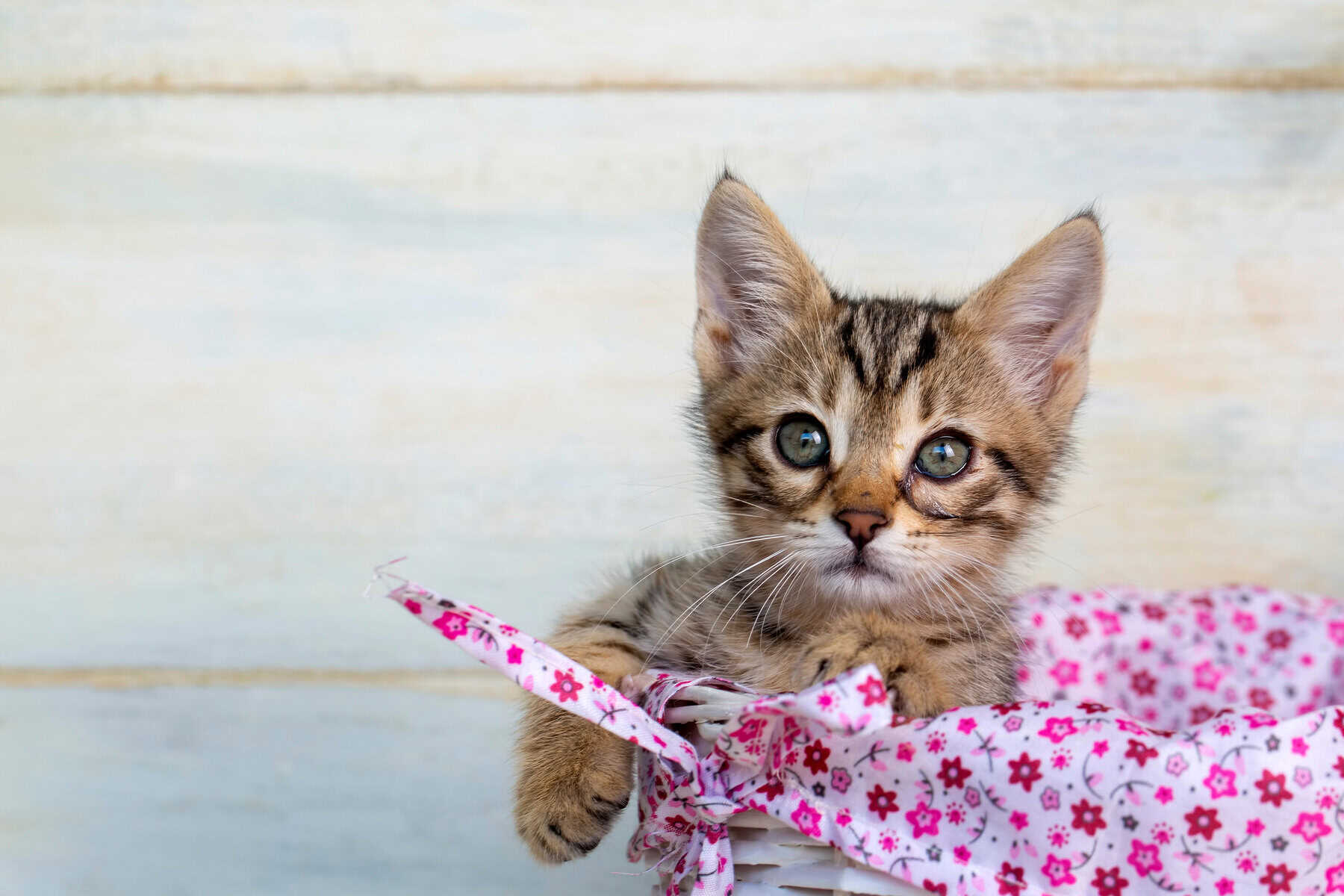
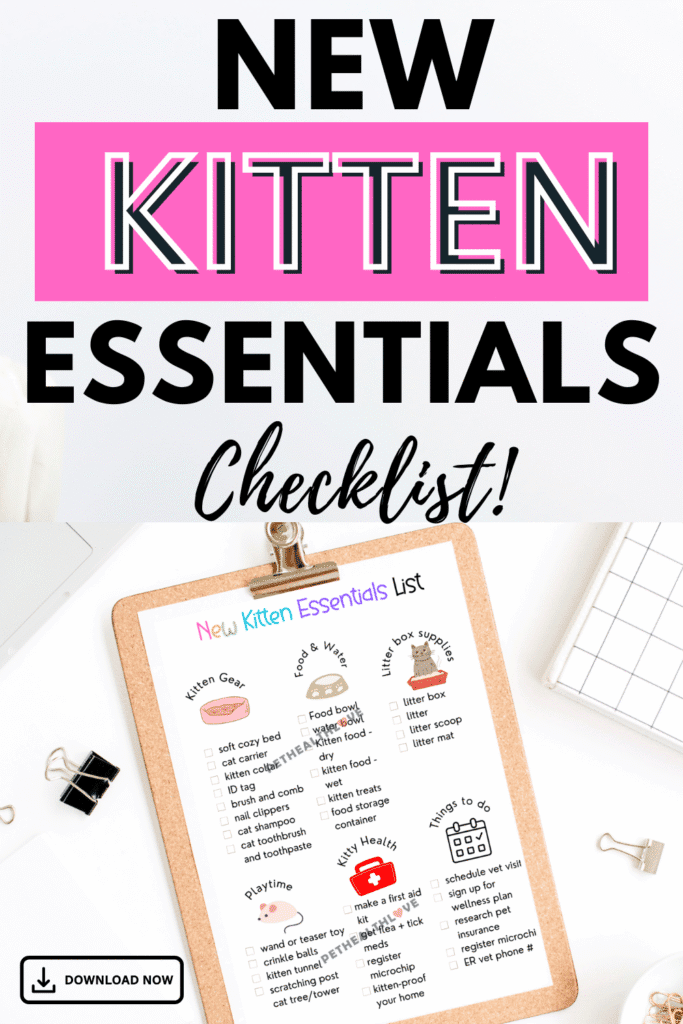



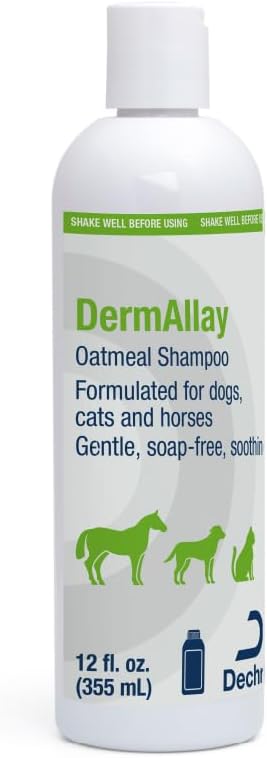
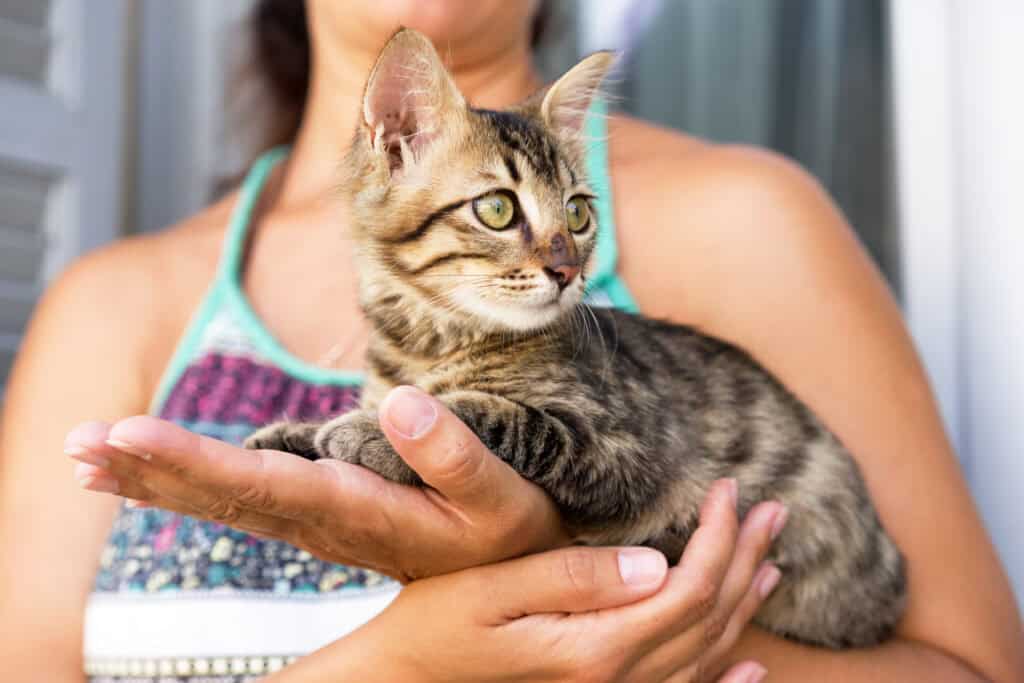
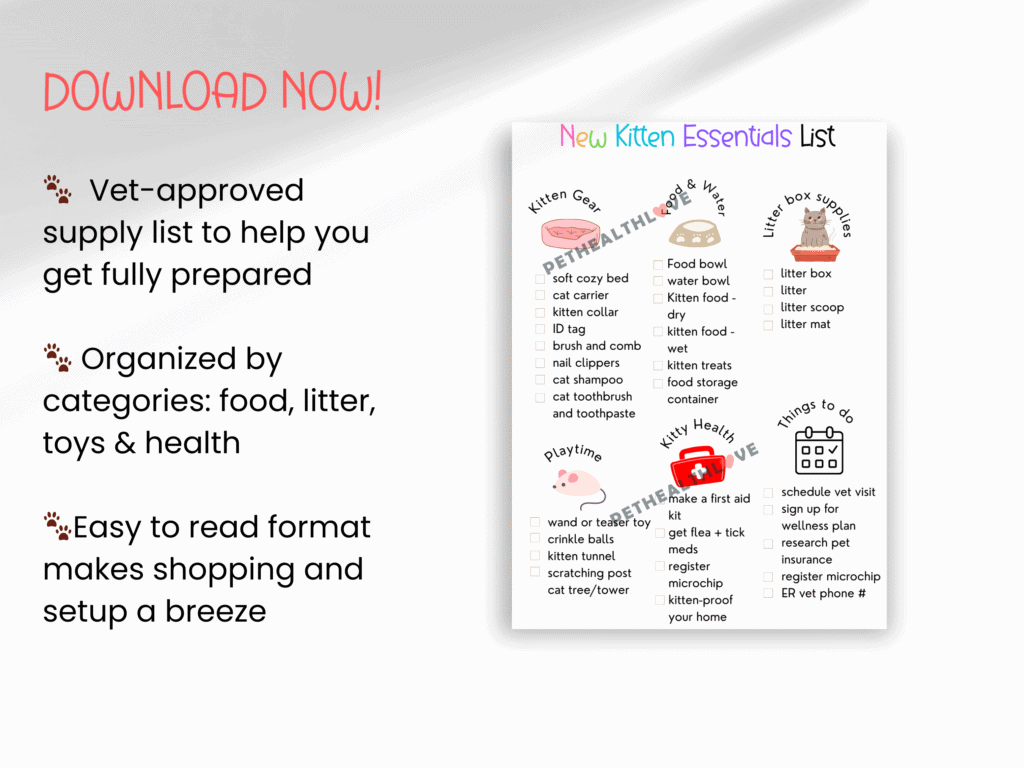

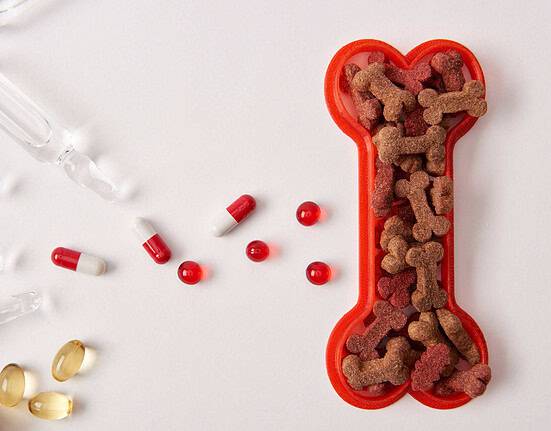




Leave feedback about this